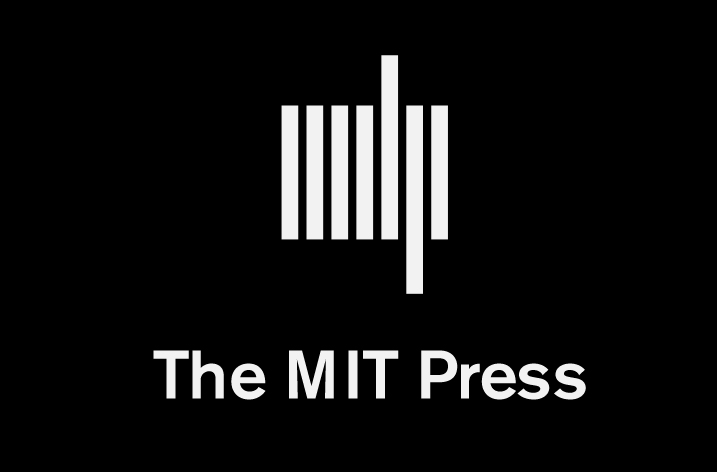
The Institute of Scientific and Technical Information of China (ISTIC) and Plum™ Analytics, an EBSCO company, have signed an agreement to build the ISTIC-EBSCO Joint Laboratory for Big Data Research and Discovery to promote the academic research of big data in China. Through this joint laboratory, both ISTIC and EBSCO can enhance academic communication and technology cooperation, as well as develop the basic concepts and technology practices of big data research and discovery.
The joint laboratory will provide Chinese researchers with a platform for academic communication and research collaboration, including vast research sources and a discovery service, and tools for analyzing scientific big data, and research funding. ISTIC approved PlumX to measure, monitor and quantify the digital footprint of research, presenting valuable altmetrics of immediate and long-term use of and interest in research. These altmetrics augment standard academic citations to provide an up-to-date, wide-spectrum view of how research is being used. ITSIC is seeking to speed the process of measuring academic research interest, which, among other benefits, may translate research into commercial success faster.
The joint laboratory project expands the long-standing relationship between EBSCO, one of the leading information providers in the world, and ISTIC. More than 300 databases and a discovery service from EBSCO will be included in the joint laboratory. With this vast amount of data, the joint laboratory can analyze user-specific inquiries from different disciplines, geographical differences, searching behaviors and more. The enriched data surrounding research, such as social media, academic communications, bookmarking, sharing and access, enhance the user discovery service experience and improve the assessment process of big data research. The creators of the joint laboratory believe that the PlumX altmetrics are particularly valuable in discovering both interest and patterns surrounding or adjacent to research.
ISTIC and EBSCO have developed this project to support national science and technology funding, identify priority areas, discover potential talents and identify potential collaborations for future user studies.
























